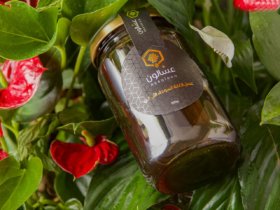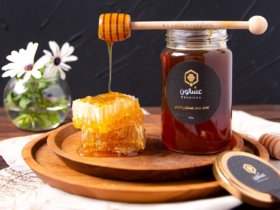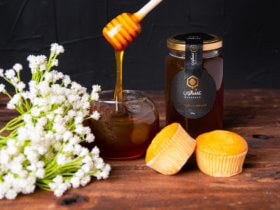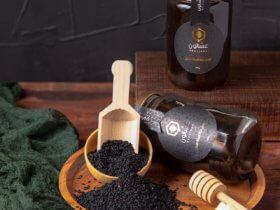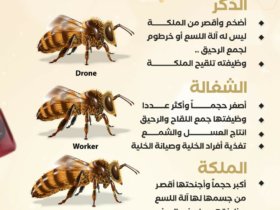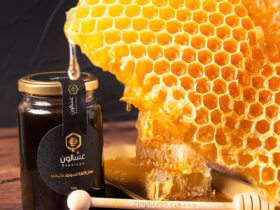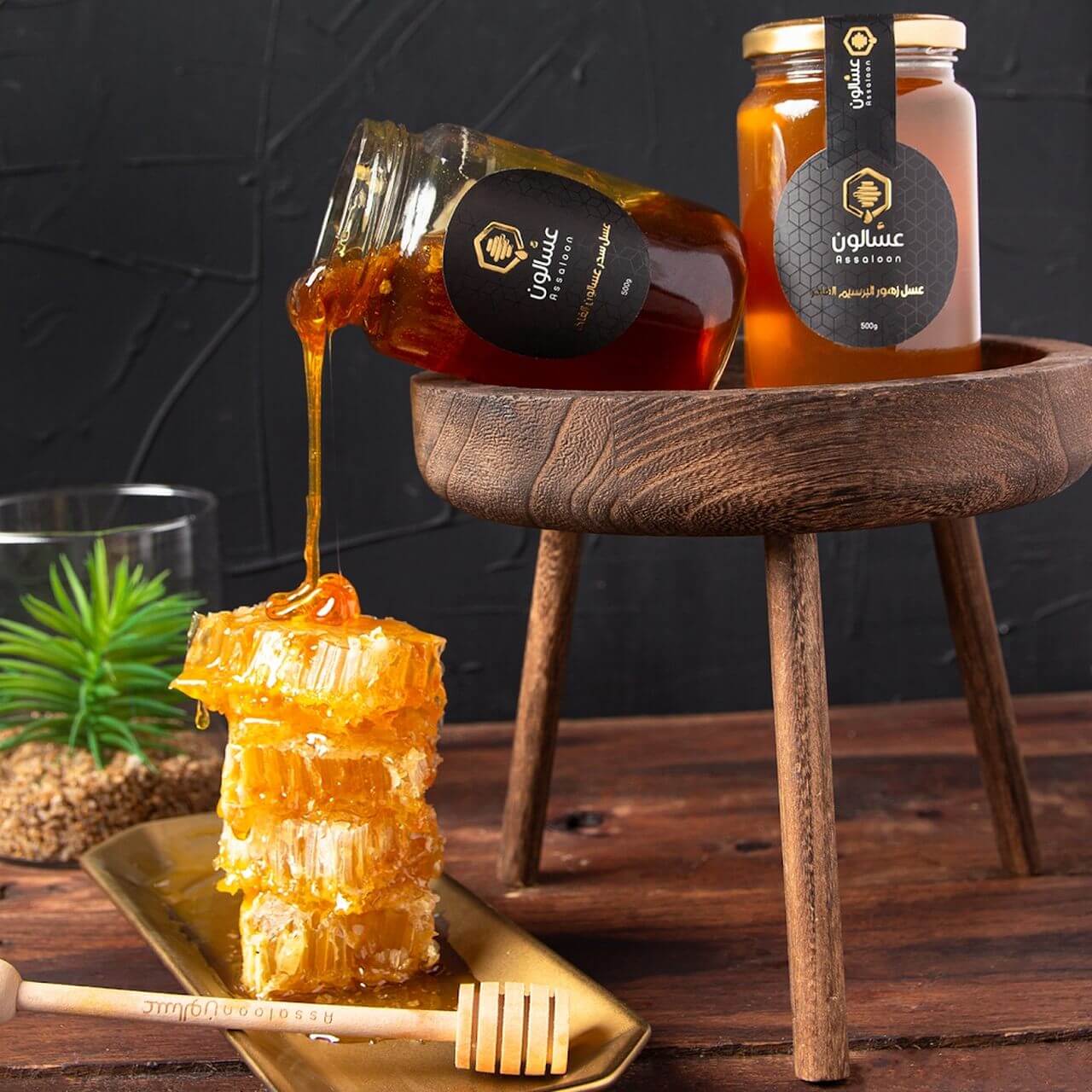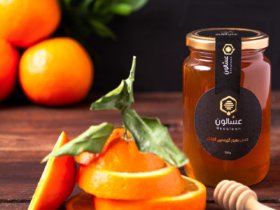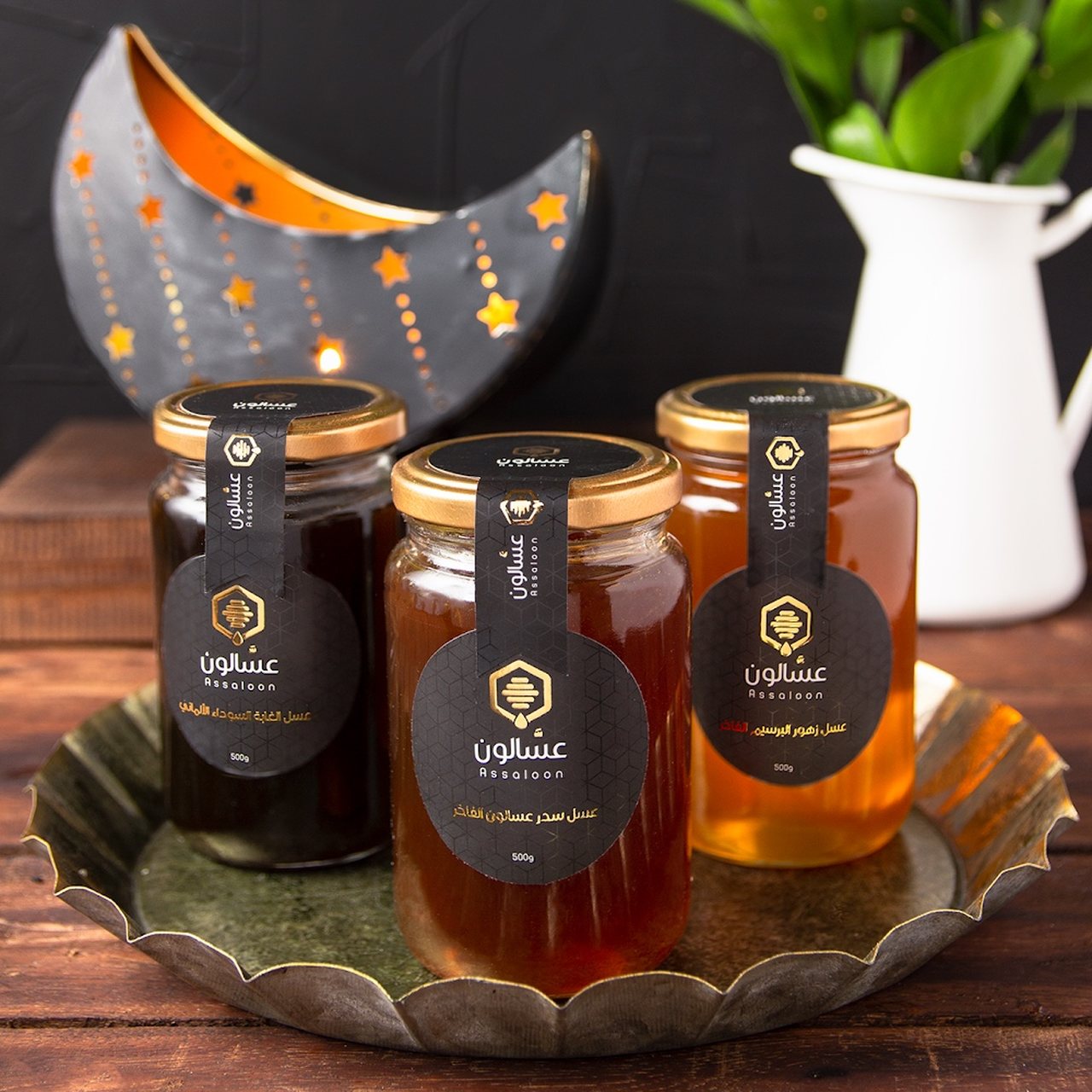Honey production is an amazing process undertaken by certain types of bees.
It is known that each species and each individual in the beehive has its own functional role.
But does the process of producing this liquid help in the life of the species?
More importantly, why do bees produce it? How do you do that in detail?
In this topic presented to you by Assaloon, we will tell you all that information in detail.
But before we start, let me tell you two important information in this process:
- Only 7 species of bees are responsible for making honey, not all types of bees.
- Each worker bee can produce approximately 1/10 spoonful of honey in its lifetime or less.
Now let’s answer the important question, which is…
Why do bees produce honey?
Some may think that honey is the waste of bees, but the truth is that this information is completely wrong.
Honey is produced in a different stomach than the one responsible for excretion in bees.
The most important information that you may not know is that honey is the food of bees.
Mostly workers suck nectar as much as they can in the summer and spring. It begins to store huge amounts of honey in its own cells.
This amount of honey is used as food for the hive and for the young bees in the winter, when the bees come out less.
Would you like to know: The most important types of natural honey in the Arab world
honey production stages
This process consists of 4 stages, Each of these stages is necessary for the eventual production of honey.
So if you want to understand the process, read each stage of these boilers in detail.
The first stage: Collecting nectar and pollen
On the journey of the 100 flowers, worker bees search for nectar. Once you find a good source for it, those bees start to absorb it.
I mentioned that it is the journey of the 100 flowers because the worker bee mostly goes to suck nectar from about 100 different flowers in one trip.
Now that her stomach is full of nectar and some of her own saliva, it’s time to go back to the hive.
Once back, the bee empties the lamb that it carried.
You may also like: Seasons of natural honey and its different sources
The second phase: Leave nectar in the hive
Now it’s time to chew…
As soon as its honey stomach is emptied, another type of bee is waiting for it, called house bees (hive bees).
This type of bee chews the components of the honey stomach of worker bees and moves from one bee to another.
This process borrows from the acidity of honey in addition to adding some enzymes to it.
Due to continuous chewing, honey or mixture now contains a large amount of water and is not suitable for storage.
So the third stage of the production process begins.
third level: honey drying
When moving from one bee to another, some water is lost. But the quantity is still large.
Therefore, these bees resort to some other methods of drying honey, which are:
- Spreading the honey on the honeycomb, thus increasing the surface area and thus increasing the chances of its evaporation.
- Secondly, bees flap their wings on honey, which increases the evaporation process and water loss.
After these two processes, the water in honey is reduced by a large percentage until it reaches approximately 18-20%.
The fourth stage: Cover the discs with wax
The final stage now in our honey production process is to cover the honey.
The goal of this entire stage is to preserve honey as much as possible and for as long as possible so that the bees can eat it when the winter season comes.
This was the most important information you needed to know about how bees produce honey and why.
And now tell us…
Was the topic useful to you?

